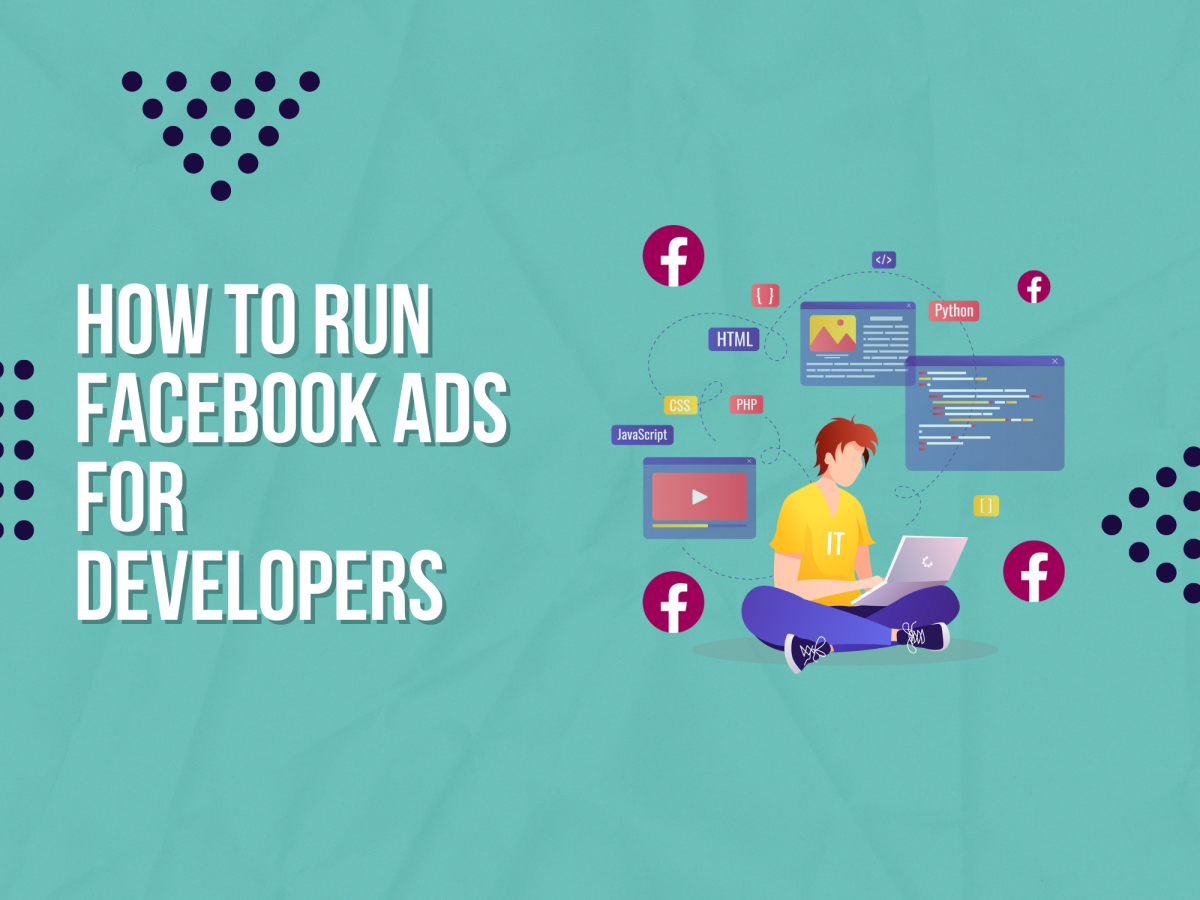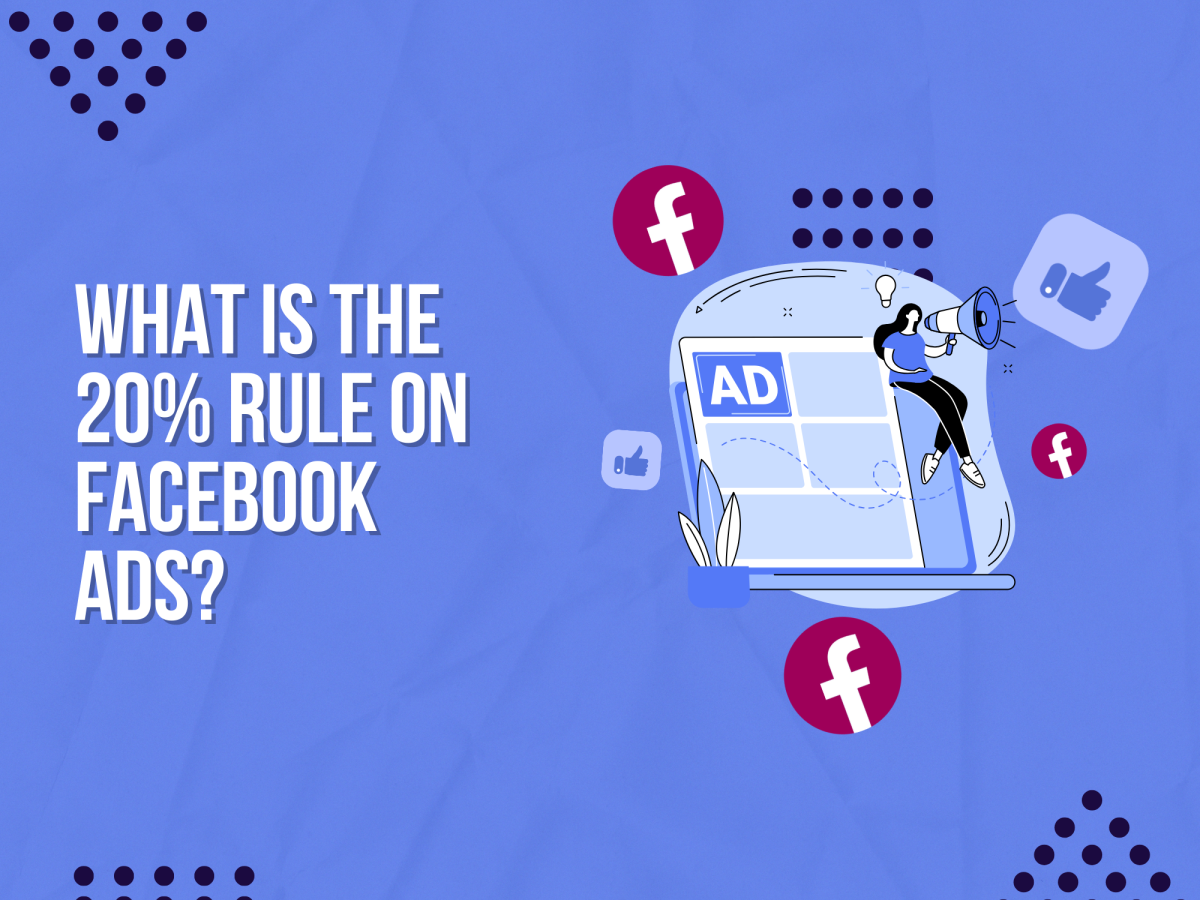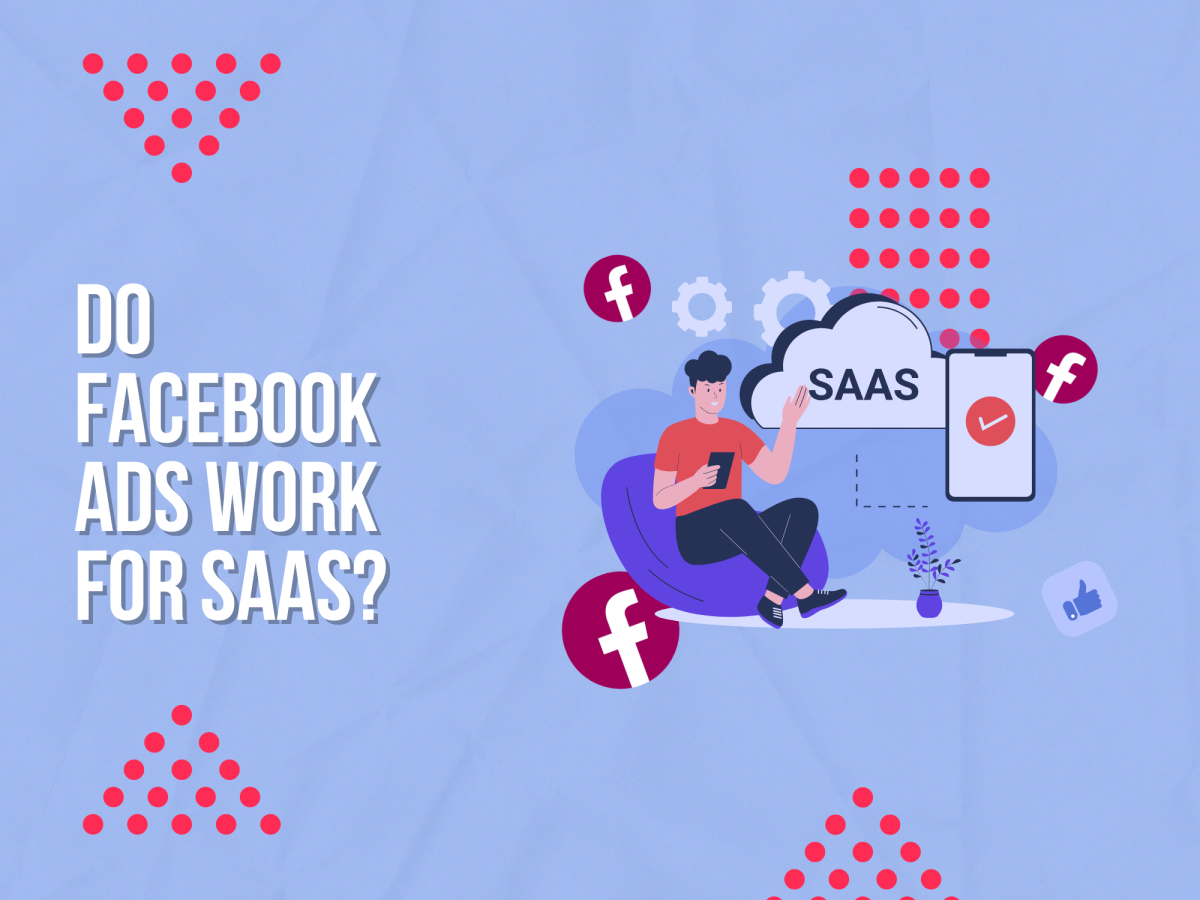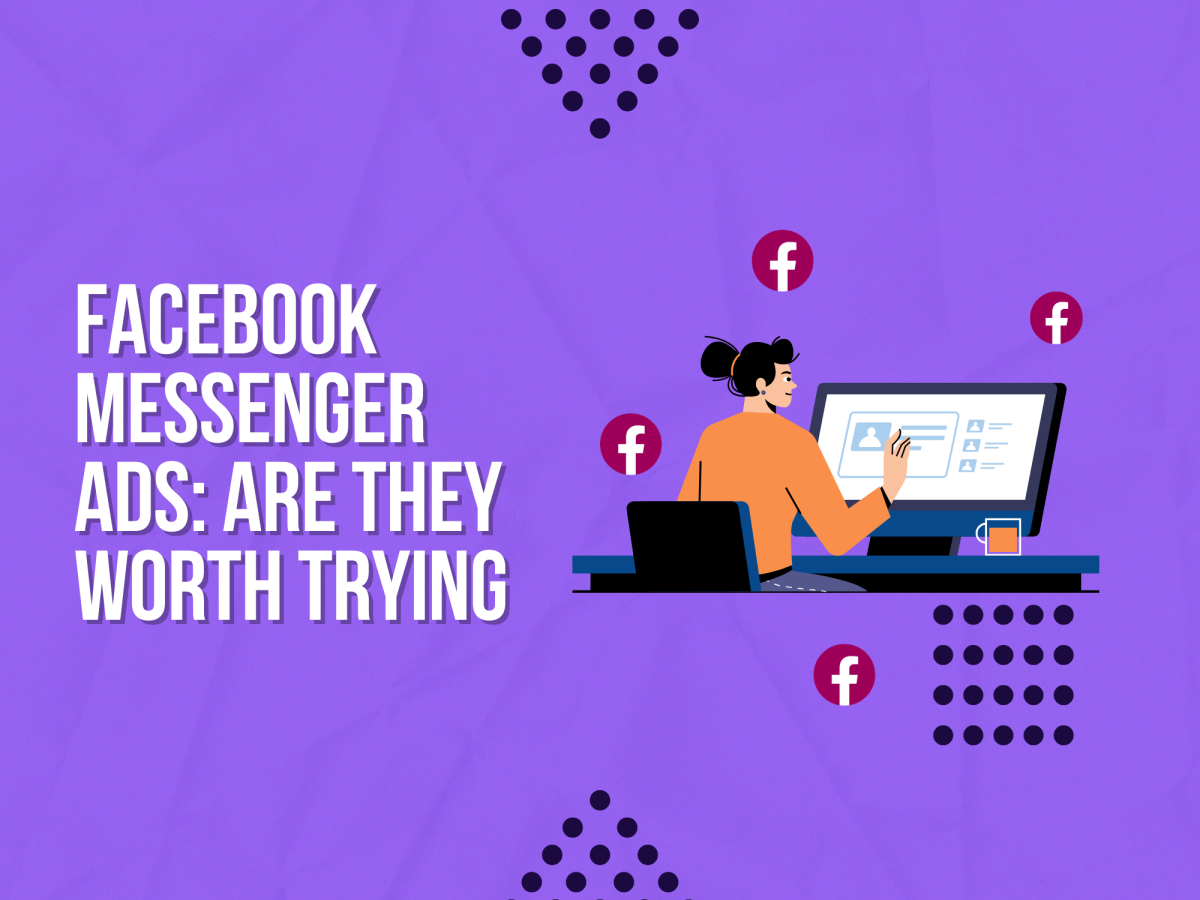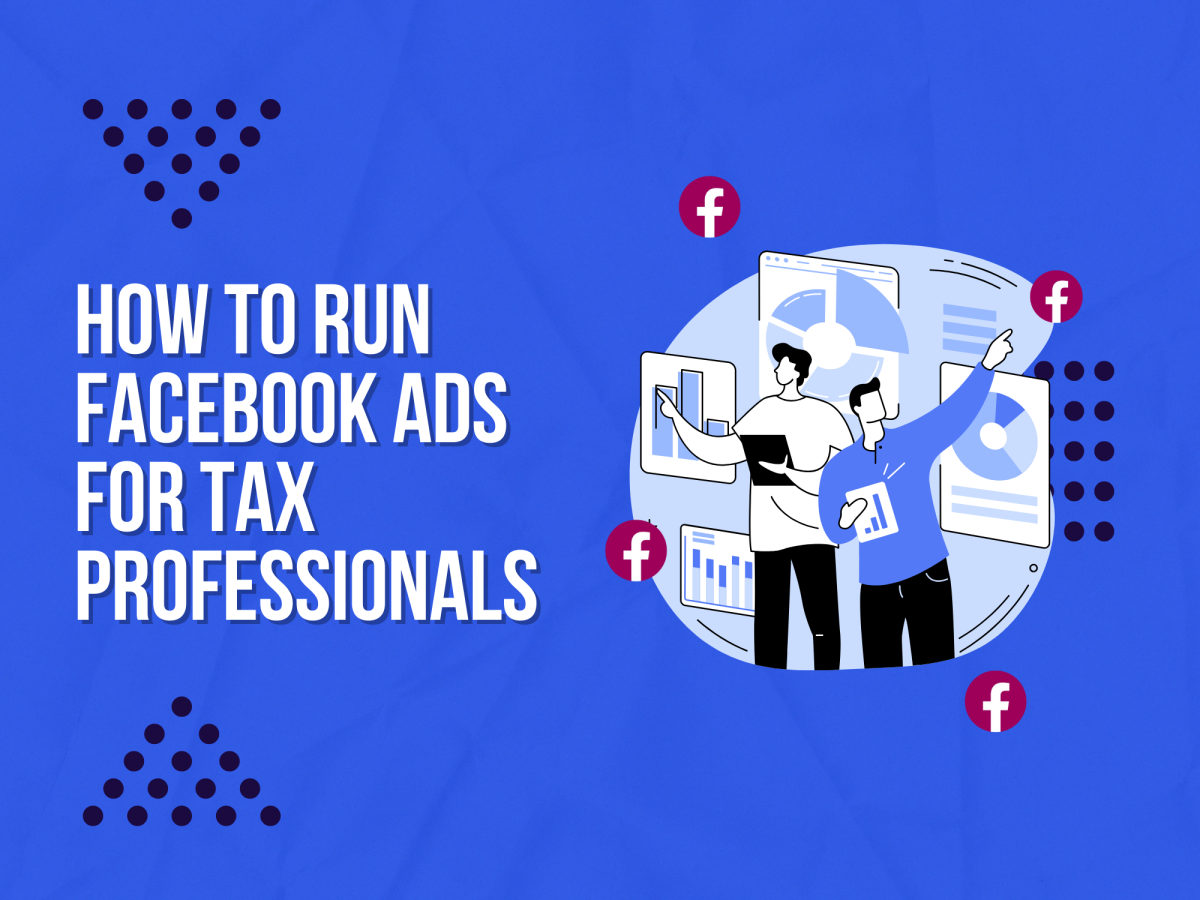If you’re running Facebook ads, there’s one key metric you can’t afford to ignore: ROAS. It’s the ultimate measure of your ads’ success.
But what exactly is ROAS? What’s considered a “good” ROAS? And how do you calculate and improve it?
In this article, we’ll take a closer look at Facebook ad ROAS. By the end, you’ll have a clear understanding of what ROAS is, what the benchmarks are, and how to optimize your ads to get the best return on your investment.

What is ROAS?
First things first, let’s define ROAS. ROAS stands for “return on ad spend.” It’s a metric that measures how much revenue you earn for each pound you spend on advertising.

Boost E-Commerce ROI: Download Our Free CPA & ROAS Calculator
For example, if you spend £100 on a Facebook ad campaign and it generates £500 in revenue, your ROAS would be 5:1 (or 500%). For every £1 you spent, you earned £5 in return.
ROAS is different from other metrics like click-through rate (CTR) or cost per click (CPC) because it’s focused on revenue, not just clicks or impressions. It tells you not just how many people are interacting with your ads, but how effectively those interactions are translating into sales.
This makes ROAS one of the most important metrics for measuring the bottom-line impact of your Facebook ad campaigns. It helps you understand which campaigns are generating the most bang for your buck.
How to Calculate ROAS
Calculating ROAS is actually pretty simple. The formula is:
ROAS = (Revenue / Ad Spend) x 100
So if you spend £1,000 on Facebook ads in a month and generate £5,000 in revenue, your ROAS calculation would be:
(5,000 / 1,000) x 100 = 500%
You can calculate ROAS for individual ads, ad sets, or entire campaigns. You can also calculate it over different time periods – a day, a week, a month, or the lifetime of the campaign.
To get the data you need for these calculations, you’ll want to set up conversion tracking in Facebook Ads Manager. This will allow you to see not just how many clicks or impressions your ads are getting, but how many actual sales or conversions they’re generating.
What’s a Good ROAS on Facebook?
Now that you know how to calculate ROAS, you’re probably wondering: what’s a good ROAS? What should you be aiming for?
The truth is, there’s no one “right” answer. A good ROAS for your business will depend on a variety of factors, like your industry, profit margins, and overall marketing goals.
A good ROAS for Facebook Ads is typically between 200% and 400%. But this varies significantly by industry. For example, the average ROAS for the retail industry is typically less than that of the travel and hospitality industry.
Your specific ROAS goals may be higher or lower depending on your unique business and advertising strategy.
It’s also worth noting that a “good” ROAS is relative to your profit margins. If you have a high-priced product with a large profit margin, you may be able to afford a lower ROAS than if you’re selling a low-priced product with slim margins.
For example, let’s say you sell a product for £100 that costs you £50 to make. That’s a 50% profit margin. In this case, a 200% ROAS (£2 in revenue for every £1 in ad spend) would be breaking even. Anything above that would be profitable.
But if you sell a product for £20 that costs you £15 to make (a 25% margin), you’d need a 400% ROAS just to break even.
So as you set your ROAS goals, be sure to factor in your profit margins and overall business goals. A good ROAS is one that allows you to profitably acquire new customers and grow your business.
Factors That Affect ROAS
If you’re not hitting your ROAS goals, don’t panic. There are a lot of factors that can influence your Facebook ad ROAS, and many of them are within your control.
Here are some of the key things that can impact your ROAS:
- Ad relevance: The more relevant your ads are to your target audience, the better they’ll perform. Make sure your ad copy, images, and offers are all closely aligned with the interests and needs of your target customers.
- Landing page quality: Your ROAS doesn’t just depend on your ads – it also depends on where those ads send people. If your landing pages are confusing, slow, or don’t deliver on the promise of your ad, people will bounce without converting.
- Audience targeting: Are you targeting the right people with your ads? The more precisely you can target your ideal customers, the higher your ROAS is likely to be.
- Ad format: Different ad formats (like video, carousel, or collection ads) can perform differently in terms of ROAS. Test different formats to see what works best for your audience and offers.
- Seasonality: Some businesses are highly seasonal, with ROAS fluctuating based on the time of year. If you sell swimsuits, for example, you’ll likely see a higher ROAS in the summer months than in the dead of winter.
- Competition: If you’re in a highly competitive industry, you may have to spend more to win each click and conversion, which can lower your ROAS. Keep an eye on what your competitors are doing and adjust your bids and budgets accordingly.
These are just a few of the many factors that can impact your Facebook ad ROAS. The key is to continually test, measure, and optimize your ads based on your unique goals and audience.
Tips for Improving ROAS
Want to boost your Facebook ad ROAS? Here are some tips to help you get more revenue out of every pound you spend:
- Refine your targeting: Use Facebook’s targeting options to zero in on your ideal customers. The more relevant your audience, the higher your ROAS is likely to be.
- Test different ad formats: Don’t just stick to one ad format. Test video ads, carousel ads, collection ads, and more to see what resonates best with your audience.
- Optimize your landing pages: Your ads are only as good as the landing pages they send people to. Make sure your landing pages are fast, mobile-friendly, and optimized for conversions.
- Use retargeting: Retargeting ads allow you to show ads to people who have already interacted with your business. These people are more likely to convert, which can boost your ROAS.
- Experiment with ad copy and images: Small changes to your ad copy and images can have a big impact on your ROAS. Continuously test different combinations to see what works best.
- Leverage automatic bidding: Facebook’s automatic bidding options can help you optimize for your specific ROAS goals. Let Facebook’s algorithms do the heavy lifting for you.
- Monitor your metrics: Keep a close eye on your ROAS and other key metrics. If you see your ROAS starting to slip, take action quickly to diagnose and fix the issue.
The Bottom Line
ROAS is a critical metric for anyone running Facebook ads. It tells you not just how much you’re spending on ads, but how effectively that spend is generating real revenue for your business.
While there’s no one “perfect” ROAS that applies to every business, aiming for a ROAS that aligns with your profit margins and business goals is key.
To improve your ROAS, focus on refining your audience targeting, testing different ad formats and copy, optimizing your landing pages, and continually measuring and adjusting your approach.
With the right strategies and a commitment to ongoing optimization, you can achieve a strong ROAS that helps drive real business results from your Facebook ad campaigns.

